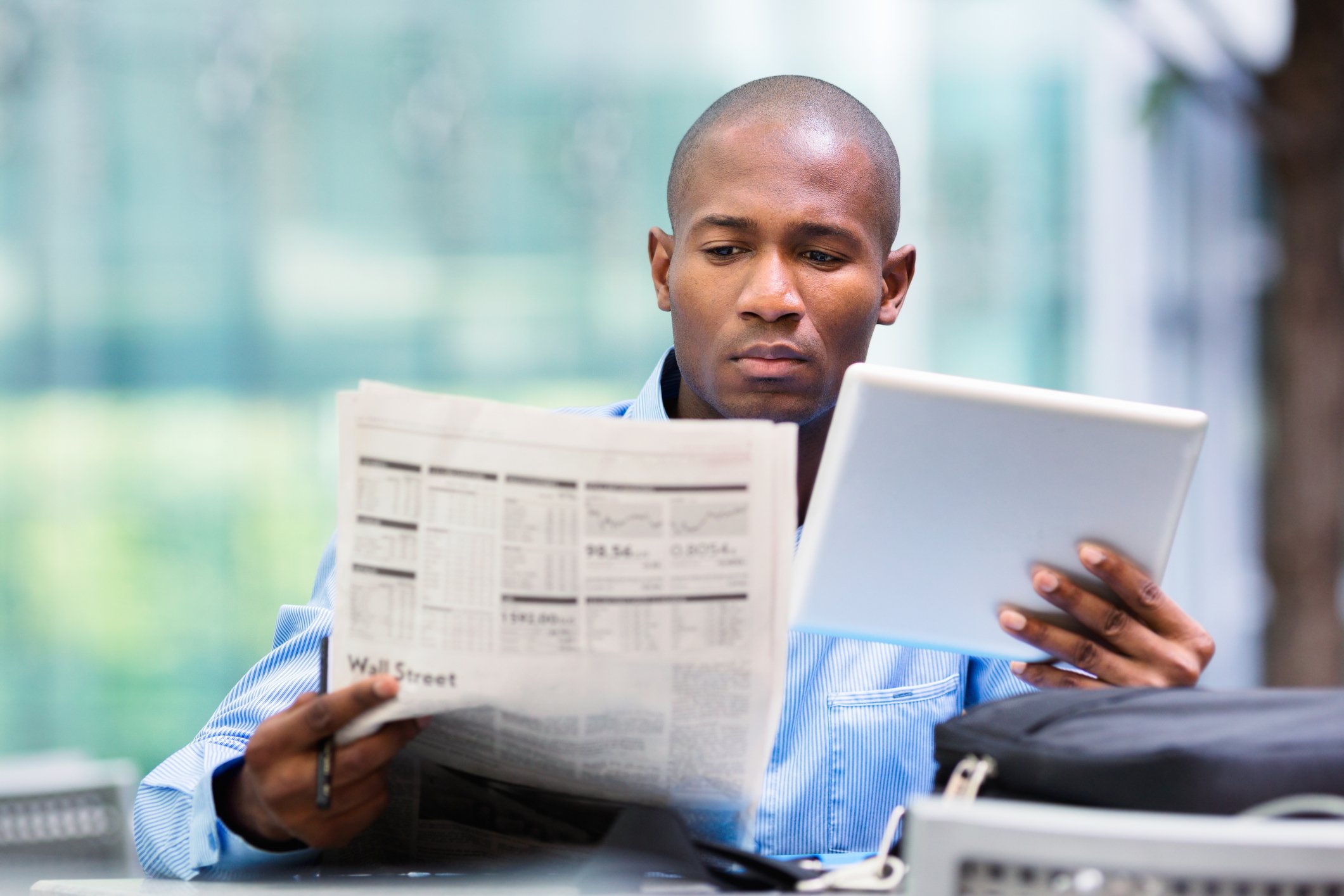Microsoft (MSFT 0.51%) has a publicly stated goal of reaching one billion Windows 10 devices in two to three years.
Ultimately for that to happen the company will need a huge explosion in Internet of Things devices using the operating system. Before that can occur however Microsoft needs to convince its own customers -- people using earlier versions of Windows -- to make the switch.
That's a bigger challenge than it seems because in recent years PC users have been slow to upgrade -- a problem which may been exacerbated by the public's widespread rejection of Windows 8. To solve the problem, or at least speed up adoption, Microsoft is taking steps to make upgrading to Windows 10 easier.
What is Microsoft doing?
In a blog post headlined "Making it Easier to Upgrade to Windows 10" the company laid out changes to the process. The first is that upgrading will no longer be a two-step process.
When the new OS launched PC users were prompted by a notification in the Windows task bar to make a reservation of the free upgrade. Once a copy was reserved it then took some time (anywhere from hours to days) for people to receive notice that their download was now available.
That was required during the hectic launch period (where to date over 110 million machines have been upgraded) but the company wrote that it's no longer needed:
In an effort to streamline the process, we will automatically kick off the upgrade process once you have made a reservation. Before the upgrade changes the OS of your device, you will be clearly prompted to choose whether or not to continue. And of course, if you choose to upgrade, then you will have 31 days to roll back to your previous Windows version if you don't love it.
Microsoft also plans to make the WIn10 upgrade available to Windows 7, 8, and 8.1 customers through the familiar Windows update screen. At first it will be listed as an "Optional Update" and in early 2016 it will be offered as a "Recommended Update." That's an important distinction for reasons the company explained in its blog post:
Depending upon your Windows Update settings, this may cause the upgrade process to automatically initiate on your device. Before the upgrade changes the OS of your device, you will be clearly prompted to choose whether or not to continue. And of course, if you choose to upgrade (our recommendation!), then you will have 31 days to roll back to your previous Windows version if you don't love it.
That's a pretty aggressive move which does make it easier to upgrade, but might be seen by consumers as a bit of a reach by Microsoft. The company is being very careful to stress that updates can be rolled back, but customers who have avoided the update so far may not like having it forced on them.

Microsoft is also making its notifications more fun. Source: Microsoft
How big a problem is it?
Windows 10 has been a successful launch, but the company still has a lot of customers to convince. In September Windows 10 accounted for 7.64% of desktop Internet usage according to StatCounter compared to 5.38% in August. Another metrics company, NetApplications puts Windows 10 usage at 6.63%, compared to 5.21% in August.
That leaves Windows 10 in fourth place among the various Windows operating systems still in wide use. It's still behind Windows XP, the 14-year-old OS that the company no longer supports with security updates. And, of course, Win10 has a ways to go before it catches Windows 7 which NetApplications scored at 56.53% in September while StatCounter had it at 51.52%.
It's not necessarily a question of people being unwilling to upgrade but more one of them not seeing a problem with their current OS (specifically Windows 7). In some ways it's very similar to the issue Microsoft and Sony (SNE 0.96%) face with their latest generation of gaming consoles.
Both Microsoft's Xbox One and Sony's PlayStation 4 represent a step forward over the Xbox 360 and PS3 respectively. The problem is that for many users those earlier consoles are not just good enough compromises, but still meeting their needs.
Can the company push progress?
The challenge facing Microsoft and Sony with the consoles is delivering a compelling reason why people need the new systems. They have succeeded in that by delivering exclusive titles for Xbox One and PS4 that entice people to upgrade.
Microsoft has not really done that with Windows 10. The key new features for Win10 are an improved Start Menu, the new Edge browser, and the addition of the Cortana voice assistant. All of those are neat, but none are must haves for most people.
Still, as we have seen with Xbox One and PS4, ultimately the new and better beats out old and pretty good. It's smart for the company to make upgrading to Windows 10 as easy as possible. That's a sensible tactic -- like the companies offering Xbox One and PS4 in attractively priced bundles -- and it will ultimately work.
Windows 10 should eventually become the dominant PC OS because it's an improvement over the previous versions. Microsoft however must walk the fine line between forcing the upgrade and aggressively encouraging it to avoid pushing users away.







